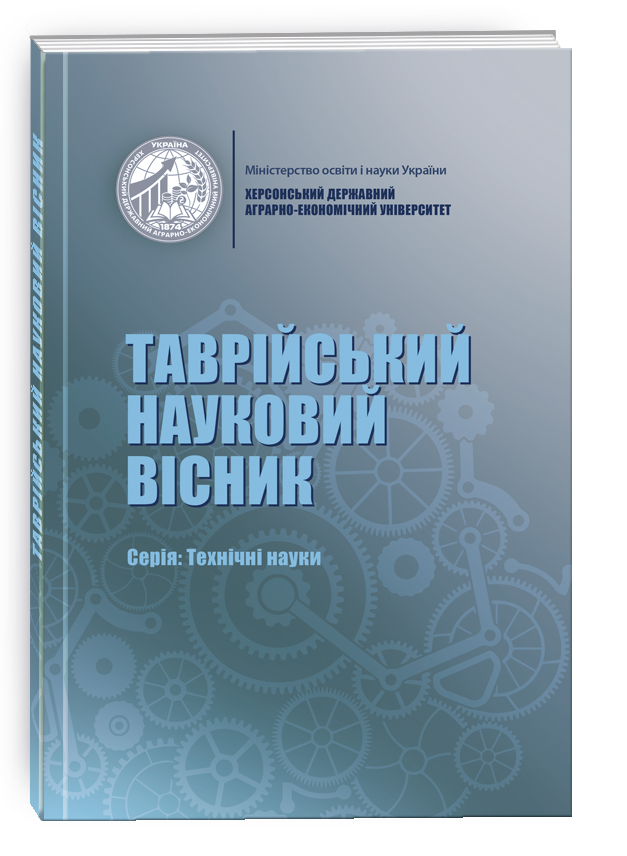IMPROVEMENT OF FEEDBACK CHARACTERISTICS OF HIGH VOLTAGE VARICAP USING HETERING
DOI:
https://doi.org/10.32782/tnv-tech.2023.5.20Keywords:
varicap, structural defects, heterogeneity, oxidation packing defects, surface effects, reverse current.Abstract
A varicap is a semiconductor diode whose operation is based on the dependence of the barrier capacitance of the p-n junction on the reverse voltage. The operation of the varicap is relevant when adjusting the frequency of nodes in electrical equipment. The devices are used in frequencysetting circuits, as they allow you to quickly and easily change the operating frequency. This is possible due to the change in system capacitance, which changes when the control voltage changes. Varicaps are included in the circuits of radio receivers and wireless modules for data transmission, used in devices where frequency-dependent circuits are involved. However, despite the wide application, the cost of varicaps remains relatively high due to the low yield of suitable varicaps, which is explained by the high level of reverse current of the devices. The article discusses the causes and mechanisms of degradation of the reverse characteristics of the highvoltage varicap. It is shown that the reason for the low yield of varicaps is the significant influence on their reverse characteristics of structural defects and foreign impurities and the quality of the surface of varicap structures. It was established that the main reason for the low yield percentage of suitable investigated varicaps is the oxidation defects of the packaging, which are formed in the active regions of the varicap structures in the processes of high-temperature operations, as well as surface effects due to impurities. The conducted studies showed that the most effective method of preventing the formation of structural defects in epitaxial layers is the creation of a heterogenous region on the reverse side of the substrates by implanting phosphorus ions into it. The proposed manufacturing technology of varicap structures using twoway heterization with the help of implantation of phosphorus ions in the reverse side of the plates and carrying out additional diffusion of boron in the working side of the plates is considered in detail. The experimental results of the study of the influence on the inverse characteristic of the varicap of bilateral heterogeneity are presented, as well as the possible mechanisms of this influence are analyzed. The effectiveness of the proposed technology with the use of hetering in reducing the level of reverse currents and increasing the output of suitable devices is shown.
References
Литвиненко В.М. Фізика та технологія напівпровідникових діодів. Херсон : ФОП Вишемирський В.С, 2018. 184 с.
Ravi К.V. Imperfections and Impurities in Semiconductor Silicon. John Wiley & Sons, New York, 1981. 379 p.
Meda L., Gerofolini G.F., Queirodo Gr. Impurities аnd defects in silicon single crystal //Progress Crystal Growth and Characterization, 1987. Vol. 15. № 2. P. 97–131.
Литвиненко В.М., Вікулін І.М. Вплив властивостей поверхні на зворотні характеристики напівпровідникових приладів. Вісник ХНТУ, 2018. Т. 64. № 1. С. 46–56.
Milnes A. G. Deep Impurities In Semiconductors. John Wiley & Sons, New York, 1973. 526 p.
Lecrosnler D., Paugam J., Richou F. et al. Influence of phosphuuuorus-induced point defects on a gold- gettering mechanism in silicon // J. Appl. Phys. 1980. Vol. 51. № 2. P. 1036–1040.
Renschi S. Durability of mechanical damage gettering effect in Si wafers // Japanese Journal of Applied Physies, 1984. Vol.23. № 8. Pt. 1. P. 959–964.
Prussin S. Jon implantation gettering: a fundamental approach // Solid State Technology, 1981. № 7. P. 52–54.
Литвиненко В.М., Богач М.В. Моделювання процесів гетерування швидкодифундуючих домішок в технології діодів Шотткі. Вісник ХНТУ, 2019. Т. 68. № 1. С. 25–33.







